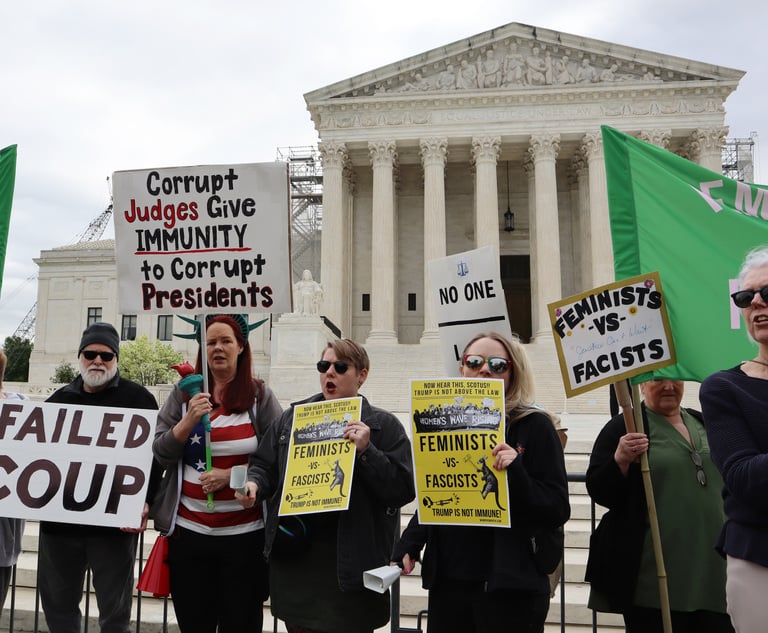As today’s headlines swirl with lurid allegations of securities fraud, daily reports of investigations and indictments, and the pleas of swindled investors for justice (and, to be sure, pecuniary recompense), we are mindful that Rule 10b-5, long the ultimate weapon of prosecutors, regulators, and private litigants, subdivides offenses under the federal securities law into three, broad categories: employing a “scheme” to defraud; “mak[ing]” a material misrepresentation or omission; or engaging in “any act” which “operate[s] as a fraud or deceit.” 17 C.F.R. §240.10b-5. See also 15 U.S.C. §78(j).
For over eight decades, this triad of prohibitions has been eminently successful in achieving its twin objectives of punishing present-day wrongdoers and deterring future lawlessness, due in no small part to the obvious overlap between its operative provisos. Yet the inescapable irony is that this same convergence is sometimes misinterpreted, including by overzealous regulators who erroneously conflate Rule 10b-5’s subcomponents.


 U.S. Supreme Court building in Washington, D.C. September 30, 2022. Photo: Diego M. Radzinschi/ALM
U.S. Supreme Court building in Washington, D.C. September 30, 2022. Photo: Diego M. Radzinschi/ALM




